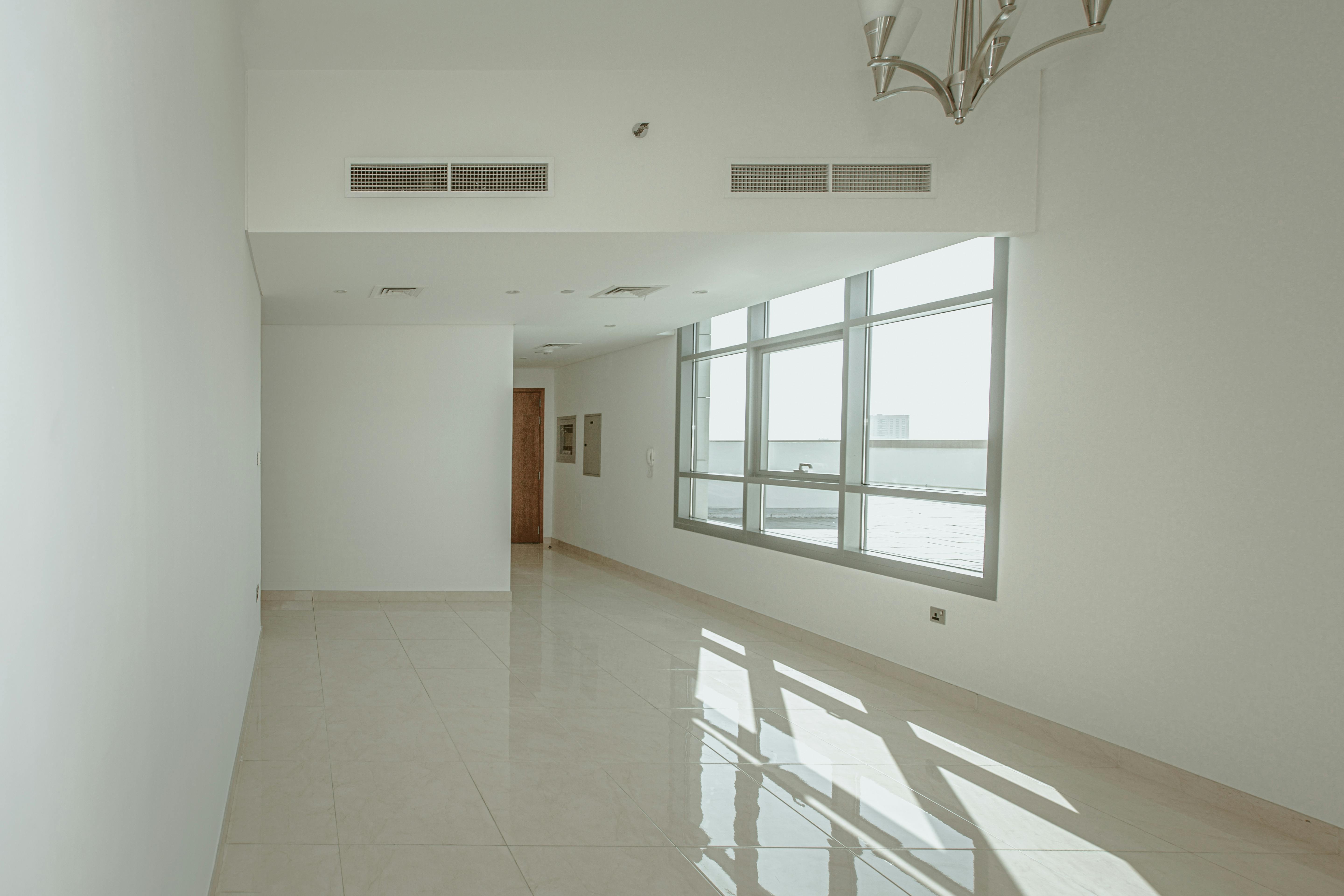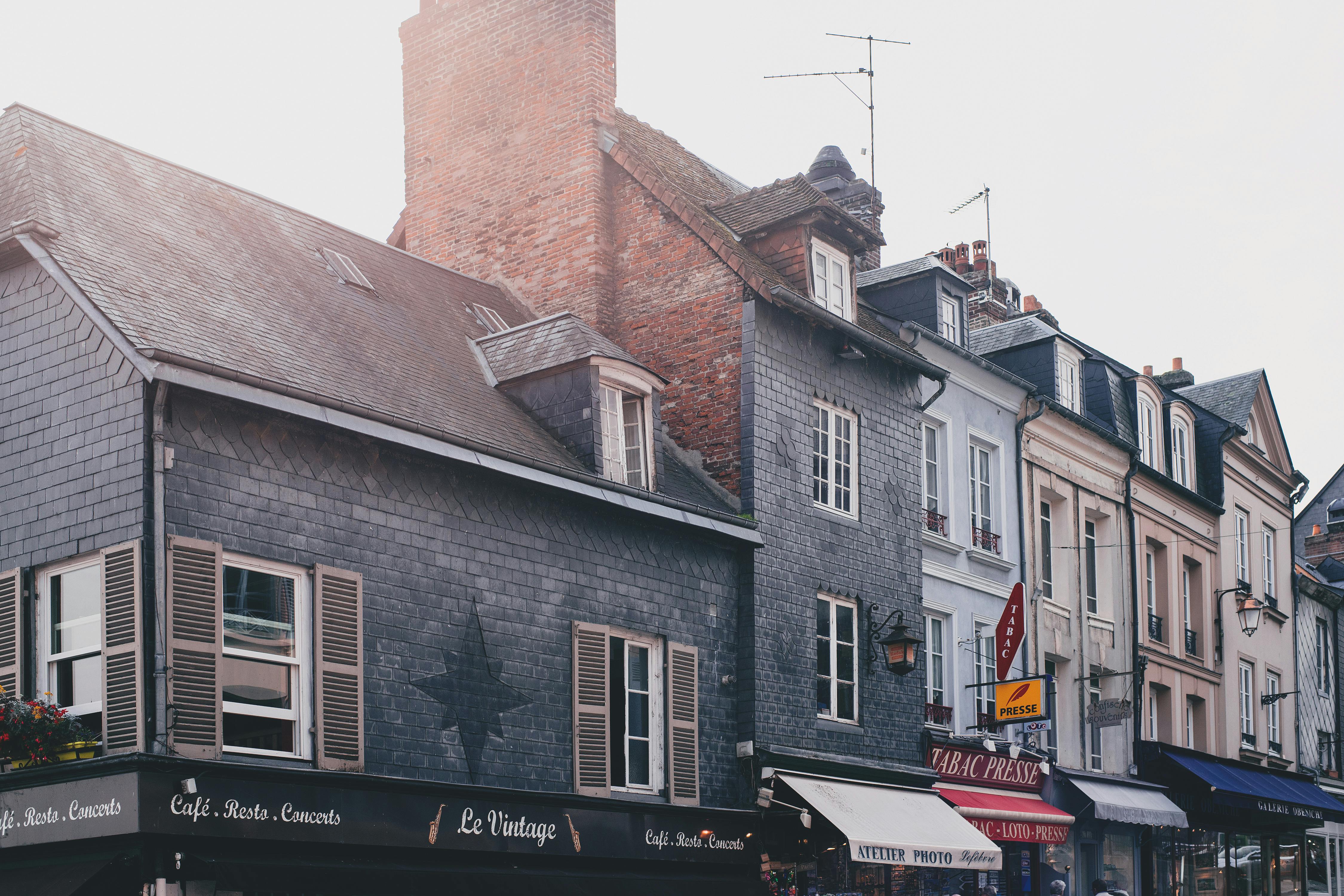Rather than sell your residence to purchase another home, you may decide not to sell your residence and convert it to a rental property. In this case, the next home you buy and live in again will qualify you for the lowest owner-occupied loan rate. This approach also makes it easier to repair the rental house because, having lived there, you already know the tricks on how to fix things that normally need repair.
One system I use is to refinance my residence about a year before I plan to purchase a new residence. This gives me enough money for a down payment on the next house I will buy. When I locate a good repairman I can buy it quickly. During the 3-4 weeks it takes to close on the new house, I prep the old house so it’s ready to rent. This usually involves some painting and landscaping. Then, before closing on the new house, the “for rent” sign appears on the old house.
The 3 steps of this technique:
1.) Refinance your residence.
2.) use the money from the refinance as a down payment to buy a new house.
3.) move into the new house and rent the old house
With this technique, you get the lowest “primary residence” interest rate on both the old and new properties, since each property is your primary residence at the time you apply for the loan.
When I did my first refinance on a townhouse I owned, I received a 6.1% rate. My original loan rate was 7.5%. The original purchase price was $52,500 but the value increased to $82,000 ten years later. He had also paid off about $10,000 of the principal on the mortgage over the ten years.
When you refinance, you must keep 20 percent of the home’s value in the house to avoid paying private mortgage insurance and pay a lower interest rate. After I refinanced the townhome, my monthly mortgage payments dropped from $535 to $518 per month, even after taking out just under $20,000 for a down payment on the next house I bought.



